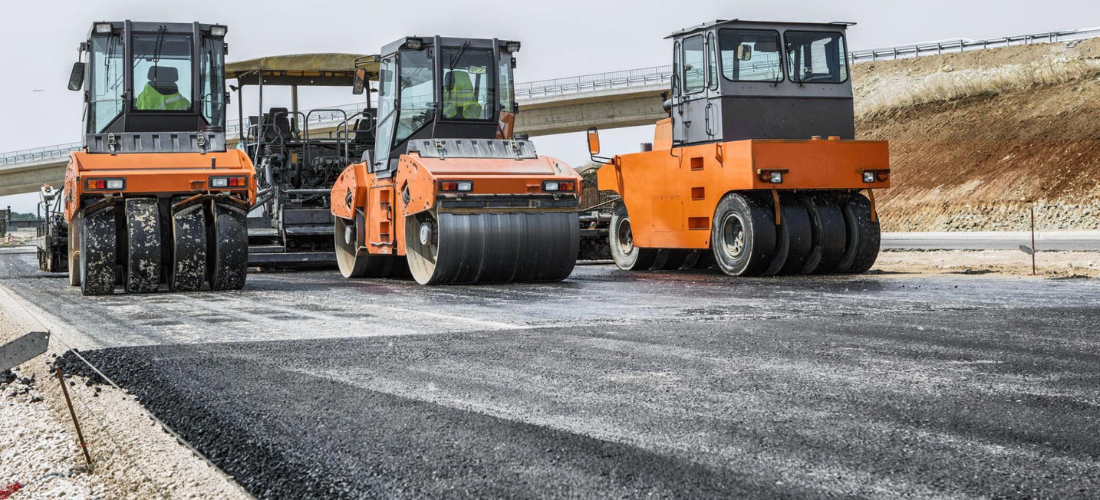Bituminous surface treatment, often referred to as chip seal or seal coat, is a proven method for enhancing the durability and performance of roads. This cost-effective technique involves applying a layer of asphalt emulsion followed by a layer of aggregate to create a protective surface that seals cracks, waterproofs the pavement, and restores skid resistance. Understanding the process, materials, and advantages of bituminous surface treatment is essential for preserving and maintaining road infrastructure for safer and smoother travel experiences.
1. The Process of Bituminous Surface Treatment:
Bituminous surface treatment typically involves the following steps:
– Surface Preparation: The existing road surface is cleaned and any debris or vegetation is removed to ensure proper adhesion of the treatment layers.
– Application of Asphalt Emulsion: Asphalt emulsion, a mixture of asphalt cement and water, is evenly sprayed onto the road surface using a distributor truck. The emulsion serves as the binder that holds the aggregate in place and waterproofs the pavement.
– Application of Aggregate: Immediately after the asphalt emulsion is applied, aggregate (usually crushed stone or gravel) is spread over the surface using a spreader truck. The aggregate is then rolled into the emulsion using a pneumatic roller to embed it and create a textured surface.
– Curing and Traffic Opening: After the aggregate is firmly embedded in the emulsion, the surface is allowed to cure for a specified period. Once cured, excess aggregate is swept away, and the road is reopened to traffic.
2. Materials Used in Bituminous Surface Treatment:
– Asphalt Emulsion: Asphalt emulsion serves as the binder in bituminous surface treatment, providing adhesion between the aggregate particles and waterproofing the pavement surface.
– Aggregate: Various types and sizes of aggregate can be used in bituminous surface treatment, depending on factors such as traffic volume, climate, and road conditions. The aggregate provides texture, skid resistance, and durability to the treated surface.
– Fillers and Additives: Fillers such as hydrated lime or mineral fillers may be added to the asphalt emulsion to improve cohesion and workability. Additives such as polymers can enhance the performance and durability of the treatment.
3. Advantages of Bituminous Surface Treatment:
– Cost-Effectiveness: Bituminous surface treatment is a cost-effective method for extending the life of roads and preserving infrastructure assets. It requires fewer materials and less labor compared to other pavement rehabilitation techniques.
– Improved Durability: The protective layer created by bituminous surface treatment seals cracks, prevents water infiltration, and enhances the resistance of the pavement to traffic and environmental factors, thereby increasing its durability and longevity.
– Enhanced Skid Resistance: The textured surface created by the aggregate improves skid resistance, reducing the risk of accidents and improving safety for motorists, especially in wet or icy conditions.
– Minimal Disruption: Bituminous surface treatment can be applied quickly, allowing roads to be reopened to traffic soon after treatment. This minimizes disruptions to commuters, businesses, and emergency services.
In conclusion, bituminous surface treatment is a cost-effective and efficient method for enhancing the durability and performance of roads. By sealing cracks, waterproofing the pavement, and restoring skid resistance, this technique helps preserve and maintain road infrastructure for safer and smoother travel experiences. As communities continue to prioritize road maintenance and rehabilitation, bituminous surface treatment remains a valuable tool in extending the lifespan of roads and optimizing transportation networks.

